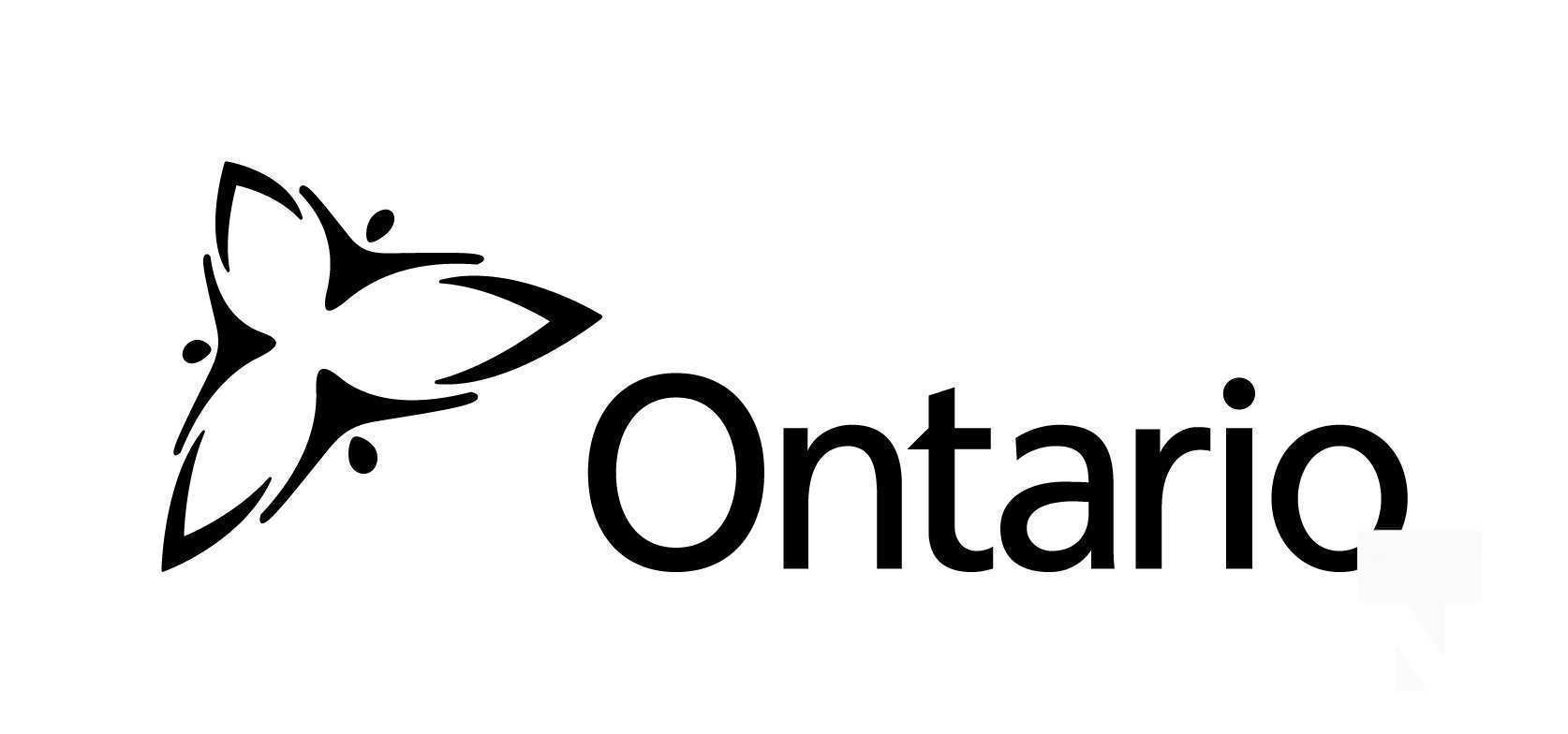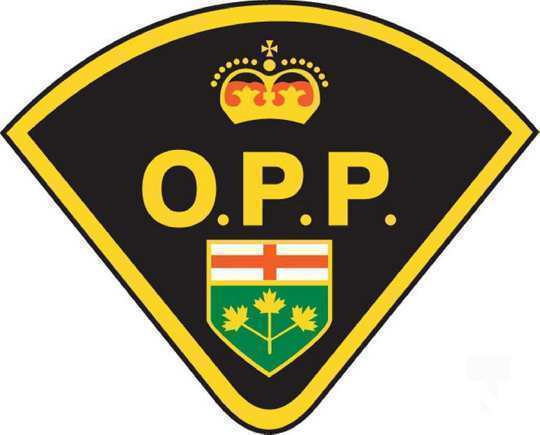New approach introduces preventative measures earlier to limit transmission of COVID-19 and avoid broader closures
In consultation with the Chief Medical Officer of Health, local medical officers of health, and other health experts, the province intends to move Ontario’s public health unit regions to the Keeping Ontario Safe and Open Framework. The framework categorizes public health regions into five levels: Green-Prevent, Yellow-Protect, Orange-Restrict, Red-Control, and Lockdown being a measure of last and urgent resort.
“The framework lays out a proactive and graduated response to be applied based on the local situation in each region,” said Dr. David Williams, Chief Medical Officer of Health. “By working with the medical officers of health and local authorities on the realities and situations of COVID-19, we want to continue to help protect people’s health and wellbeing. We are adapting the public health measures to be as targeted and efficient as possible to stop the spread of the virus, while managing any outbreaks as quickly as possible.”
At the request of the local medical officer of health, and with the support of Ontario’s Chief Medical Officer of Health, Toronto Public Health would remain in a modified Stage 2 until November 14, 2020.
As of Saturday, November 7, 2020 at 12:01 a.m., public health unit regions would be moved to the following levels:
Lockdown:
- No public health unit regions.
Red-Control:
- Peel Regional Health Unit.
Orange-Restrict:
- Ottawa Public Health; and
- York Region Public Health.
Yellow-Protect:
- Brant County Health Unit;
- City of Hamilton Public Health Services;
- Durham Region Health Department;
- Eastern Ontario Health Unit;
- Haldimand-Norfolk Health Unit;
- Halton Region Public Health;
- Niagara Region Public Health;
- Region of Waterloo Public Health and Emergency Services;
- Simcoe Muskoka District Health Unit; and
- Wellington-Dufferin-Guelph Public Health.
Green-Prevent:
- Algoma Public Health;
- Chatham-Kent Public Health;
- Grey Bruce Health Unit;
- Kingston, Frontenac and Lennox & Addington Public Health;
- Haliburton, Kawartha, Pine Ridge District Health Unit;
- Hastings Prince Edward Public Health;
- Huron Perth Public Health;
- Lambton Public Health;
- Leeds, Grenville & Lanark District Health Unit;
- Middlesex-London Health Unit;
- North Bay Parry Sound District;
- Northwestern Health Unit;
- Peterborough Public Health;
- Porcupine Health Unit;
- Public Health Sudbury & Districts;
- Renfrew County and District Health Unit;
- Southwestern Public Health;
- Thunder Bay District Health Unit;
- Timiskaming Health Unit; and
- Windsor-Essex County Health Unit.
Public health measures required for each level can be found in the Keeping Ontario Safe and Open Framework.
For long-term care homes, visitor restrictions remain in effect for the following public health unit regions: Ottawa, Peel, Toronto, and York Region.
“COVID-19 will be with us for awhile, which is why we have put in place a framework that introduces more public health measures sooner to limit transmission of COVID-19 in our communities while avoiding broader closures,” said Christine Elliott, Deputy Premier and Minister of Health. “We are committed to being transparent with Ontarians, businesses and local communities as we work together to keep Ontarians safe, while keeping our economy open.”
The Keeping Ontario Safe and Open Framework takes a comprehensive, whole of government approach by introducing preventative measures earlier to help avoid broader closures and allow for additional public health and workplace safety measures to be introduced or removed gradually. It ensures that public health measures are targeted, incremental and responsive to help limit the spread of COVID-19, while keeping schools and businesses open, maintaining health system capacity and protecting vulnerable people, including those in long-term care.
Trends in public health data will be reviewed weekly. At the same time, the government will continually assess the impact of public health measures for 28 days, or two COVID-19 incubation periods to determine if public health units should stay where they are or be moved into a different level.
The Ontario government is making $300 million available to businesses required to close or significantly restrict services in areas subject to modified Stage 2 public health restrictions, or, going forward, in areas categorized as Control or Lockdown. As a result, businesses in these areas will be able to apply for temporary property tax and energy cost rebates directly to the province through a single, online application portal.
As the province continues to expand access to real-time data, enhancements are also being made to Ontario.ca/coronavirus, Ontario’s one-stop shop for information on COVID-19. Information about the spread of the virus, and public health and health system capacity will now be available on the website. This includes local cases by public health unit regions, the total number of cases, resolved cases, deaths, and tests completed and how many are positive. This information will better help businesses, organizations and local communities access key information to prepare in advance for any changes in their region.
Quick Facts
- The framework categorizes public health unit regions into five levels: Green–Prevent, Yellow–Protect, Orange–Restrict, Red–Control, and Lockdown. Each level outlines the types of public health and workplace safety measures for businesses and organizations. These include targeted measures for specific sectors, institutions and other settings.
- Municipalities and local medical officers of health may have additional restrictions or targeted requirements in their region, on top of the public health measures required at their specific level.
- The Ontario government has developed a $2.8 billion COVID-19 fall preparedness plan, Keeping Ontarians Safe: Preparing for Future Waves of COVID-19, to ensure the province’s health care, long-term care and education systems are prepared for the immediate challenges of the fall, including a second wave of COVID-19 and the flu season.
- On November 5, 2020, the Ontario government released the 2020 Budget, Ontario’s Action Plan: Protect, Support, Recover, which outlines how the province is protecting people during the COVID-19 pandemic by investing $15.2 billion in health care.
- If you are concerned you were exposed to COVID-19 or have symptoms, take the online COVID-19 self assessment.
- Get tested if you have symptoms compatible with COVID-19, or if you have been advised of exposure by your local public health unit or through the COVID Alert app. Visit Ontario.ca/covidtest to find the nearest testing location.
- To stay safe, you can download the COVID Alert App free from the Apple and Google Play app stores.
Additional Resources
- Ontario Releases COVID-19 Response Framework to Help Keep the Province Safe and Open
- Property Tax and Energy Cost Rebates
- Visit Ontario’s website to learn more about how the province continues to protect the people of Ontario from COVID-19.
Related Topics
Government
Learn about the government services available to you and how government works. Learn more
Health and Wellness
Get help navigating Ontario’s health care system and connecting with the programs or services you’re looking for. Learn more






















